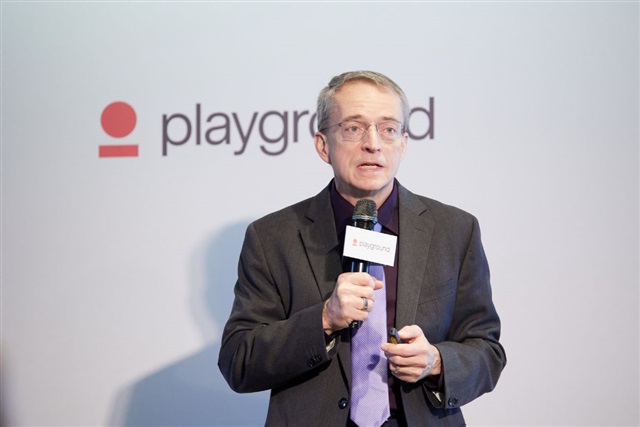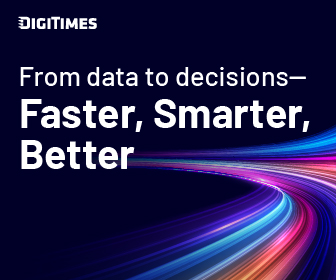Pat Gelsinger, after stepping down as Intel's CEO, continues to influence the semiconductor sector through his role as a venture capitalist. On November 18, he led seven portfolio companies on a tour of Taiwan, presenting advanced technologies and reflecting on his four-decade-long relationship with the island's semiconductor industry.
During a media question-and-answer session following the event, Gelsinger discussed key topics such as extreme ultraviolet (EUV) lithography, future light source technologies, the evolving AI landscape, and his shift from corporate leadership to venture investing.
EUV technology advancements and challenges in chip manufacturing
Gelsinger described EUV technology as a remarkable achievement, crucial for next-generation chip production. The current EUV light source system operates by targeting tin droplets with high-energy laser beams, but it remains large, complex, and energy-intensive. In Taiwan, semiconductor manufacturing accounts for about 10% of total electricity consumption, with exposure equipment using roughly half of that power. This highlights the urgent need for more energy-efficient and scalable lithography solutions.
Among the ventures Gelsinger represents is xLight, which is developing high-power free-electron laser (FEL) technology. This innovation aims to support sub-2nm node chip production by increasing output power while reducing energy consumption. According to Gelsinger, such advancements could double wafer fabrication productivity and revitalize future semiconductor manufacturing capabilities.
When asked about a recent announcement from US startup Substrate regarding a new EUV light source, Gelsinger refrained from direct commentary due to ongoing debates surrounding that technology. He stressed that focusing on the most critical challenge—the EUV light source—is the correct approach. Overcoming this hurdle simplifies subsequent problems in chip production.
On AI industry investments and energy constraints
Addressing the topic of AI deployment, Gelsinger acknowledged inefficiencies in current capital allocation but maintained that AI remains a foundational yet evolving technology. While some investments in foundational models may not yield returns, AI's long-term practical impact is expected to be significant. He likened the current stage of AI to the early "DOS era" of computing, emphasizing the technology's nascent state and evolving demands.
Regarding the surge in capex by cloud service providers and strategic investments from companies like Nvidia into OpenAI, Gelsinger considers the level of spending justified rather than exaggerated. The primary limitation, he said, is energy availability rather than financial resources. Constructing a 2-gigawatt AI data center may require hundreds of millions of dollars upfront, but without sufficient energy infrastructure, massive chip purchases and expansions become unfeasible.
Current global energy growth hovers between 3% and 4%, potentially reaching 5% due to AI-driven demand increases. Constraints on expanding nuclear, renewable, and gas turbine energy infrastructure act as natural brakes against excessive investment bubbles. Unlike the dot-com era, cloud service providers today operate within sustainable business models, according to Gelsinger.
Adjusting to venture capitalism after corporate leadership
Reflecting on his transition from Intel CEO to venture capitalist, Gelsinger explained that his role shifted from decisive leadership to a more advisory position. Rather than issuing direct orders, he now serves as a coach or partner to CEOs of his portfolio companies, offering suggestions and guidance while refraining from making final decisions.
He acknowledged the ongoing adjustment process but expressed optimism about the opportunity to generate value through supporting multiple companies simultaneously. This new phase of his career, he said, is among the most dynamic and productive he has experienced.
Gelsinger also shared an early career leadership lesson learned from Paul Otellini, who recommended that he spend time as a sales representative to broaden his management skills. Despite initial resistance, Gelsinger came to appreciate the insight after gaining experience in finance and sales roles, underscoring the importance of openness to feedback and diverse perspectives in leadership development.
Article edited by Jack Wu


